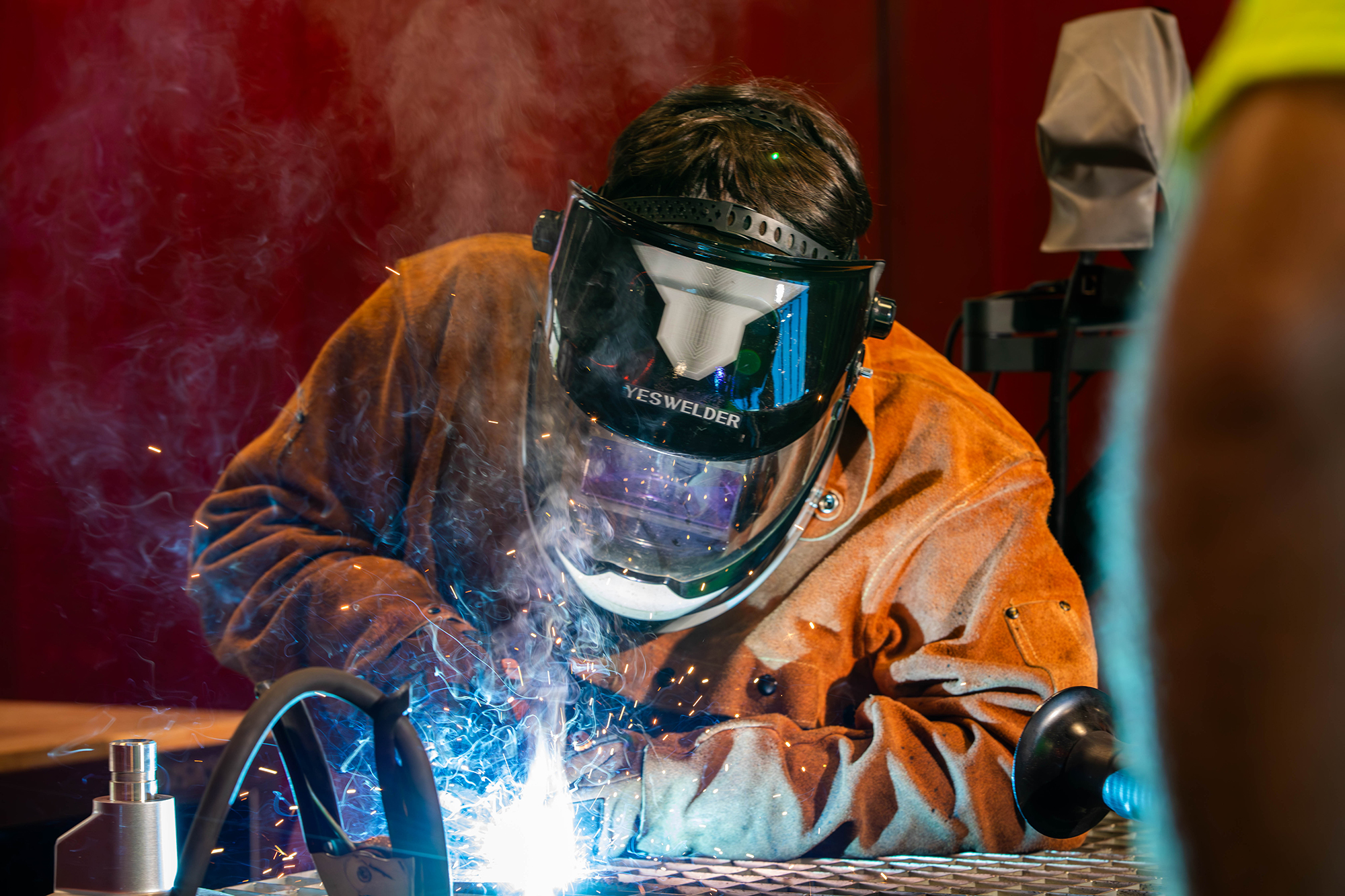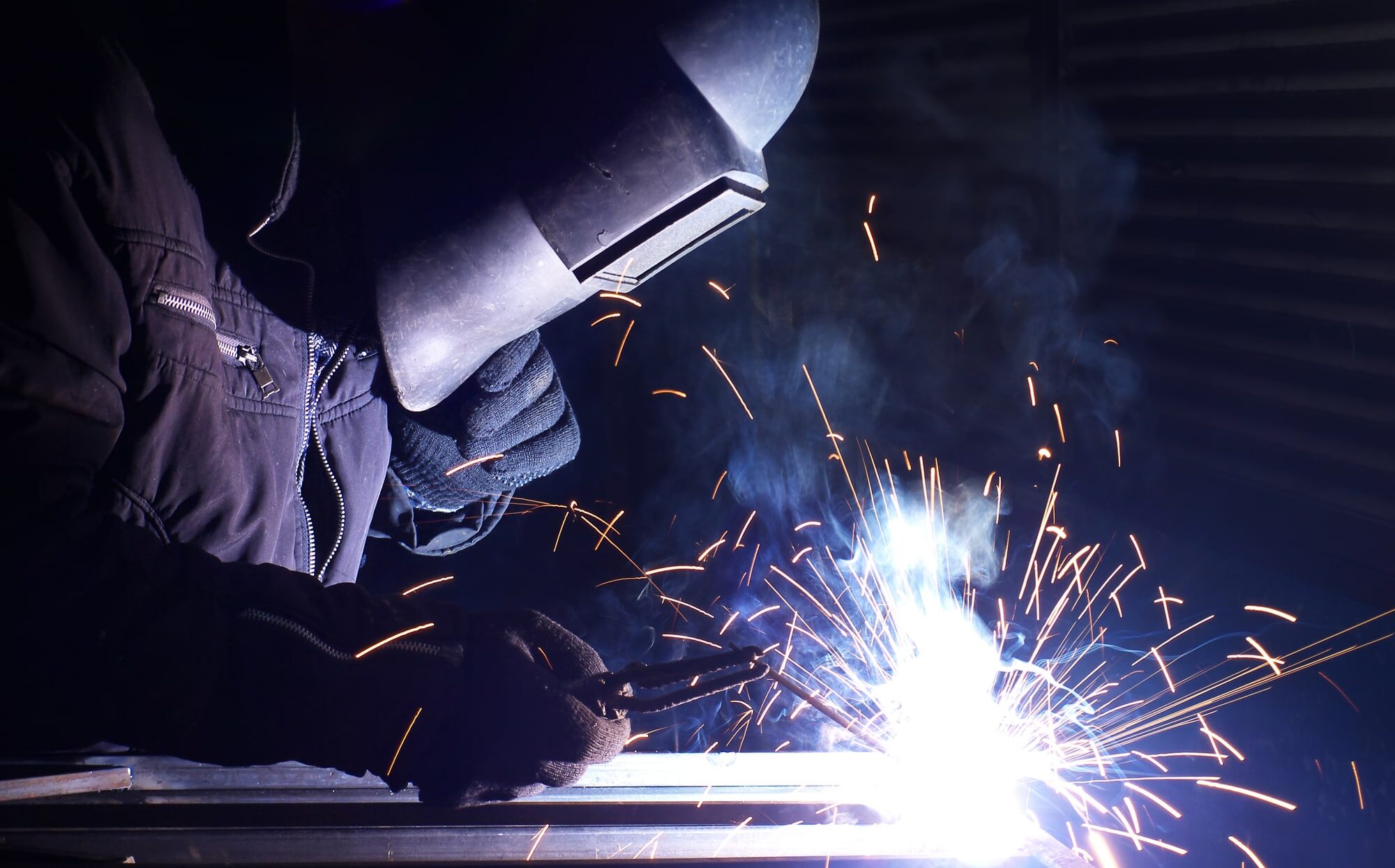Top 5 weld defects tackled by Belgrade Welding experts
Common Welding Fixing Issues and Just How to Address Them Successfully
Welding repair work often experience a series of problems that can jeopardize the integrity of the end product. Common problems include poor infiltration, porosity, and misalignment, among others. Each defect offers special difficulties that need particular techniques for resolution. Recognizing these problems is important for welders aiming to boost their skills and outcomes. This discussion will certainly explore these usual welding repair work concerns and reliable methods to address them.
Inadequate Penetration
Poor infiltration happens when the weld metal fails to totally fuse with the base product, causing weak joints and prospective structural failures. This issue usually comes from not enough warmth input, inaccurate electrode angle, or inappropriate welding rate. Welders may experience inadequate infiltration due to a miscalculation of the necessary criteria for a certain material density or kind. Additionally, contamination on the base material's surface area can hinder effective bonding, worsening the trouble. To attend to poor infiltration, welders need to guarantee appropriate setups on their devices and maintain a clean job surface. Routine assessment of welds is suggested to identify any shortages early, enabling timely modifications and the prevention of compromised structural integrity in bonded assemblies.
Porosity
Porosity is an usual defect in bonded joints that shows up as tiny gas bubbles entraped within the weld metal. This problem can jeopardize the stability of the weld, causing reduced toughness and prospective failure under stress and anxiety. Belgrade Fabrication. Porosity typically develops from contamination, moisture, or inappropriate welding methods, which allow gases to get away into the molten weld swimming pool. To attend to porosity, welders should assure appropriate surface area prep work, maintain a tidy workplace, and make use of suitable welding parameters. In addition, choosing the ideal filler product and securing gas can reduce gas entrapment. Routine assessment and testing of welds can assist determine porosity early, ensuring timely restorative activities are taken, thus preserving the top quality and integrity of the welded structure
Imbalance
Misalignment in welding can occur from numerous aspects, consisting of inappropriate arrangement and thermal growth. Understanding the origin is essential for efficient resolution. Numerous modification strategies are available to straighten parts and ensure architectural integrity.
Causes of Imbalance
Welding misalignment frequently originates from a variety of underlying issues that can jeopardize structural honesty. One main cause is inappropriate fit-up of components before welding, which can bring about spaces and unequal surfaces. Variants in thermal expansion throughout the welding procedure can also cause distortion, particularly if the products being signed up with have various coefficients of expansion. Furthermore, poor securing and fixturing might fall short to hold parts securely in location, resulting in activity throughout welding. Badly conserved equipment, consisting of welding machines and devices, may introduce variances in the weld bead, additional contributing to imbalance. Ultimately, driver mistake, coming from not enough training or experience, can additionally play a significant role in producing misaligned welds.
Correction Methods Available
Addressing misalignment properly needs a combination of rehabilitative techniques tailored to the certain issues available. One common method is the usage of jigs or components to hold parts in the proper setting throughout welding, making sure constant alignment. In addition, pre-heating the products can aid decrease distortion and boost fit-up. For considerable misalignment, mechanical adjustment methods, such as using hydraulic jacks or clamps, can be used to fix the setting before welding. Post-weld warmth therapy may also be required to relieve anxieties brought on by imbalance. Finally, cautious examination and modification throughout the setup stage can avoid imbalance problems from coming to be significant problems, promoting a smoother welding process and improving total structural stability.
Distortion
Distortion is an usual difficulty in welding that can arise from numerous elements, consisting of uneven heating & cooling. Comprehending the reasons of distortion is important for applying efficient prevention techniques. Addressing this problem not only enhances structural stability however likewise improves the total top quality of the weld.
Sources of Distortion
When based on the extreme warm of welding, materials often undertake modifications that can cause distortion. This phenomenon primarily arises from thermal development and tightening throughout the welding process. As the weld location heats up, the material expands; upon air conditioning, it acquires, which can develop interior anxieties. On top of that, uneven heating across a workpiece can worsen these tensions, leading to bending or flexing. The kind of material likewise plays a considerable duty; metals with varying thermal conductivity and coefficients of growth may react in different ways, bring about uncertain distortions. Inadequate joint layout and inadequate fixturing can contribute to imbalance throughout welding, boosting the possibility of distortion. Comprehending these causes is vital for reliable welding fixing and prevention strategies.
Prevention Techniques
Effective prevention strategies for distortion during welding concentrate on managing heat input and making certain appropriate joint style. Keeping a consistent warm input helps to lessen thermal growth and contraction, which can cause distortion. Utilizing techniques such as pre-heating the work surface can also minimize the temperature gradient, advertising uniform home heating. In addition, picking ideal joint designs, such as T-joints or lap joints, can enhance security and minimize tension concentrations. Carrying out proper fixturing to safeguard the workpieces in location better help in maintaining placement during the welding process. Ultimately, staggered welding series can disperse heat much more uniformly, preventing localized distortion. By applying these methods, welders can greatly decrease the possibility of distortion and enhance the total top quality of their welds.
Breaking
Splitting is a common problem come across in welding fixings, often arising from various aspects such as incorrect air conditioning prices, product choice, or inadequate joint preparation. The event of cracks can substantially jeopardize the honesty of the weld, resulting in possible failures during operation. To address this concern, welders need to initially evaluate the origin, ensuring that materials are suitable and appropriately selected for the details application. Furthermore, regulating the air conditioning rate throughout the welding process is vital; fast air conditioning can cause stress and anxiety and bring about splitting. Correct joint design and preparation likewise add to decreasing the risk. Implementing these approaches can enhance weld top quality and durability, inevitably reducing the possibility of cracking in finished weldments.

Insufficient Blend
A considerable concern in welding repair services is insufficient fusion, which occurs when the weld steel does not properly bond with the base product or previous weld passes - Montana Mobile Welding and Repair Belgrade Fabrication. This flaw can lead to weaknesses in the joint, possibly compromising the honesty of the bonded structure. Aspects adding to insufficient fusion consist of inadequate heat input, incorrect welding technique, and contamination of the surfaces being signed up with. To address this problem successfully, welders should assure correct pre-weld cleansing and surface area prep work, in addition to change their welding criteria to attain sufficient infiltration and blend. Normal inspection during the welding procedure can likewise assist identify incomplete blend early, permitting for prompt rehabilitative actions to boost the total top quality of the weld
Overheating
While welding fixings can enhance structural stability, overheating provides a significant challenge that can lead to material degradation. Excessive heat throughout welding can modify the mechanical buildings of metals, leading to reduced toughness, enhanced brittleness, and warping. This sensation is especially vital in high-stress applications where structural integrity is critical. Recognizing overheating can entail aesthetic inspections for staining or distortion, as well as monitoring temperature level during the welding procedure. To alleviate the threats connected with overheating, welders must employ appropriate methods, such as managing heat input, readjusting traveling rate, and using appropriate filler products. Additionally, carrying out pre- and post-weld warmth treatments can assist restore product residential properties and improve the total quality of the repair, making sure lasting efficiency and security.
Often Asked Questions
What Are the Typical Signs of a Welding Issue?

Exactly How Can I Examine My Welds for Quality?
To test welds for top quality, one can utilize aesthetic examinations, ultrasonic screening, and radiographic techniques. Each method ensures architectural integrity, determines defects, and verifies adherence to specified criteria, eventually enhancing the dependability of the welded joints.
What Security Precautions Should I Take While Welding?
When welding, one must prioritize security by using appropriate individual protective equipment, making sure correct ventilation, protecting combustible materials away, keeping a clean office, and being mindful of surroundings to prevent accidents and injuries.
Can I Repair a Weld Without Remodeling the Entire Joint?
Fixing a weld without renovating the entire joint is feasible, depending upon the damages (Fabrication). Strategies such as grinding, including filler product, or utilizing a welding process Montana Mobile Welding and Repair can successfully deal with details problems while maintaining the surrounding framework
What Tools Are Vital for Effective Welding Fixes?
Crucial devices for reliable welding repair work include a welding equipment, wire brush, mill, protective gear, clamps, and filler products. Each device plays a crucial role in ensuring high quality and security throughout the repair work process. Porosity typically arises from contamination, moisture, or improper welding techniques, which allow gases to run away right into the molten weld swimming pool. Improperly conserved devices, including welding makers and devices, might present incongruities in the weld bead, further contributing to imbalance. When subjected to the extreme heat of welding, products commonly undertake adjustments that can lead to distortion. Fracturing is a typical concern encountered in welding fixings, frequently resulting from numerous aspects such as improper air conditioning prices, material option, or insufficient joint preparation. A substantial issue in welding repair work is incomplete combination, which happens when the weld metal does not properly bond with the base product or previous weld passes.